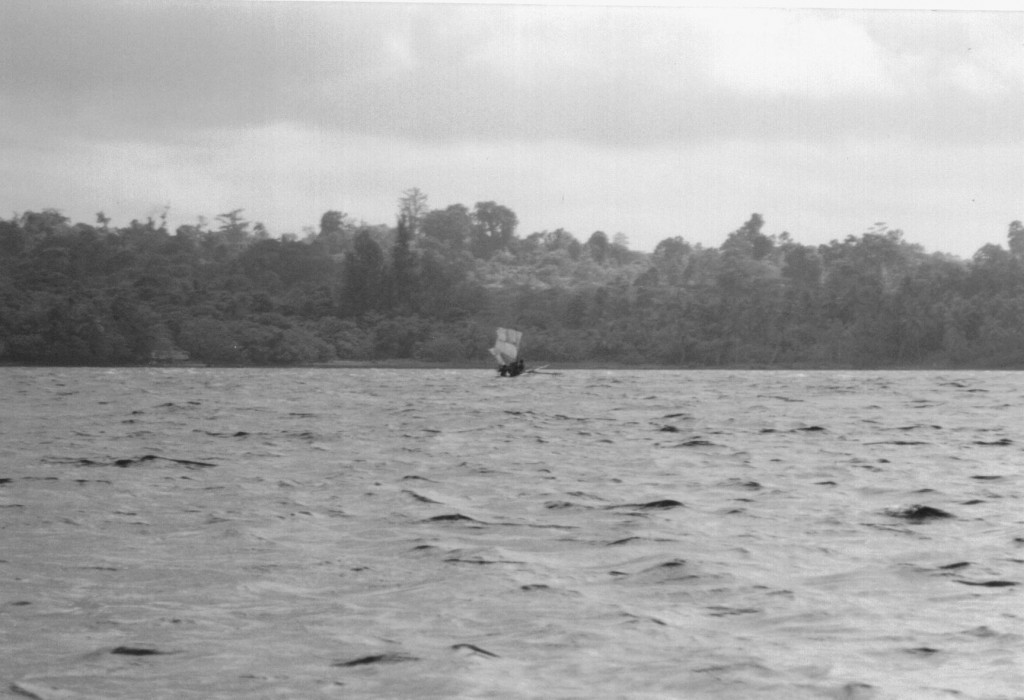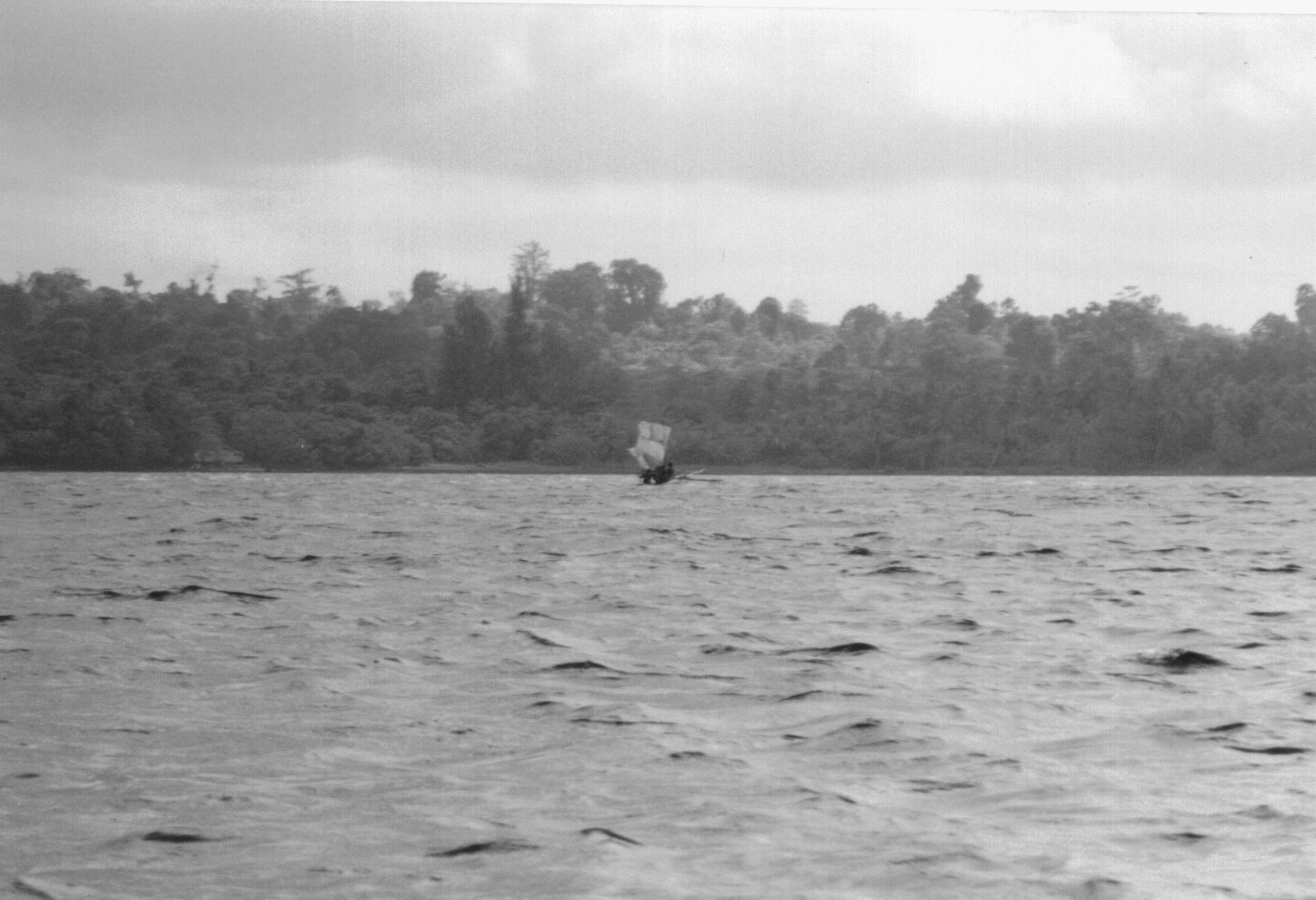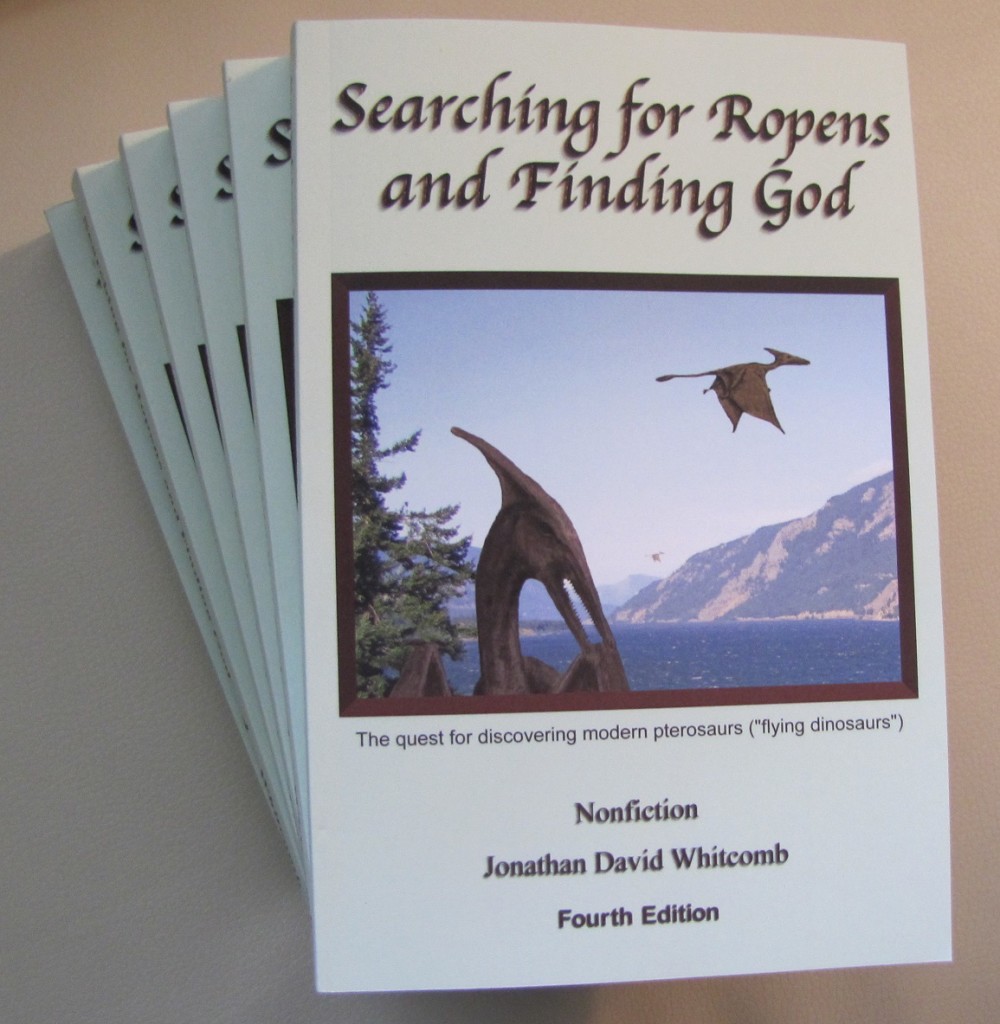How grateful I am for those who bravely step forward and report what they have encountered! Americans and other Westerners have a special challenge, for it’s difficult to say that you’ve seen a living pterosaur, whether you call it pterodactyl, ropen, dinosaur bird, or dragon. It’s difficult to report what you saw because it’s easy for skeptics to carelessly dismiss the account and declare that you are either insane or a liar.
It’s not that all or most scientists consider a modern pterosaur absolutely impossible. I’ve encountered the words of a number of critics of our investigations in cryptozoology, over the past thirteen years, and a common ending to the more-lengthy of their blog posts or online articles is something like this:
Even if one species of pterosaur is found to be still living, it would not disprove our standard models of science, and it would not prove that the earth is young.
In other words, they’re trying to protect something.
Improper Approach to Eyewitness Testimonies
Let’s confine ourselves to reports of modern pterosaurs in general, even though the great majority of sightings are probably of ropens, the featherless flying creatures my associates and I believe are Rhamphorhynchoid pterosaurs.
Beware of generalizing to protect an old assumption. How easily can a skeptic declare that eyewitnesses see common birds or common bats but imagine pterosaurs! How easily that skeptic may criticize a cryptozoologist for being so gullible as to believe that the eyewitness saw an actual pterosaur! How easily might people be influenced by a skeptic who has a diploma in paleontology and who ridicules a cryptozoologist! The most common form of criticism we have encountered is a very brief rejection notice, sometimes without any reference to any particular sighting. Some persons just want to protect the old dogma of what I call universal extinction, the assumption of the demise of all pterosaurs by many millions of years ago.
Not all paleontologists, professional or amateur, always generalize in criticizing modern sightings of pterosaurs. Sometimes a paleontologist will write a long article that appears to be formed primarily to discredit the idea that any pterosaurs are still living. The lengthy article may give examples of sightings, yet the ones mentioned are hardly the most credible ones. It reminds me of the classic straw-man argument: Quickly construct a man made of straw the then tear him to pieces, proclaiming that you have won an important battle.
I don’t mean that all paleontologists who have written lengthy criticisms of living-pterosaur investigations have always been constructing complete straw-men to knock down. They may give reasonable causes to reject certain accounts or reports but the ones they have chosen appear to be the least credible ones, not the reports most commonly written about by me and my associates. In other words, they go through our gym lockers, or a locker of one of our friends, pulling out the most ugly pieces of clothing, and then proclaiming that we are unworthy to run in the race (regardless of how well we look in the clothing we are now wearing). That is improper.
Web Site by Glen J. Kuban
“Living Pterodactyls” is copyrighted 2004-2013, although much of it seems outdated: To me, in mid-2016, it appears little different from what it was like quite a few years ago, at least in regard to the essentials. This is a very long online article, about thirty paragraphs, highly critical of the possibility that any pterosaur has survived into the present day. Yet look at what Mr. Kuban inserts at the bottom, at the very end of his very lengthy article that was put together to discourage any belief in the possibility of modern pterosaurs, for that ending seems to be playing a different tune:
If living pterosaurs were someday confirmed, it would be a wonderful scientific discovery, but do nothing to undermine mainstream geology.
In other words, he’s trying to protect something.
So with all those thirty paragraphs, how many specific sighting reports or accounts are actually mentioned?
- Railway-tunnel account of 1856
- Flying light reported by American Carl Baugh (1990’s)
- Gideon drawing a sketch in the dirt, Umboi Island (2004)
- Flying light reported by David Woetzel (2004)
- Female missionary pilot, Umboi Island (mid-1980’s)
- Shooting a giant pterodactyl in Arizona (late 1800’s)
He does mention many generalities about sightings, but the above six appear to be the only specific ones by particular eyewitnesses in particular locations.
Be aware that Brian Switek wrote a long *criticism of living-pterosaur investigations, mentioning the following:
“Glen Kuban has also posted a thorough summary . . .”
In other words, Mr. Switek appears to assume that Kuban’s article makes a valid case against living pterosaurs. I have found it to be far from that. “Living Pterodactyls?” avoids the numerous credible eyewitness accounts and is significantly outdated. Switek is correct in the use of the word “thorough” only in the sense that it is very lengthy and keeps to the objective of discouraging people from believing in modern pterosaurs.
After spending over 10,000 hours, over the past thirteen years, on sightings of modern pterosaurs, I have concluded that the number of persons worldwide who have, in their lifetimes, had some kind of encounter with a living pterosaur—that is probably between 7 million and 128 million persons. What about Kuban? Writing one long article to discourage people from believing in those animals, and including only six accounts of such encounters, apparently the least credible—that is far from the best approach to eyewitness testimonies. I am sorry that Mr. Kuban has not deleted that outdated and misleading page.
*The Switek article, “Don’t Get Strung Along by the Ropen Myth,” was published on the Smithsonian site in 2010, and it also has significant weaknesses.
Proper Approach to Eyewitness Testimonies
Why not listen to the eyewitnesses themselves, especially those who reports are more credible? The following are a few of many who can be found by searching online:
- Patty Carson (Guantanamo Bay, Cuba)
- Eskin Kuhn ” ” “
- Duane Hodgkinson (near Finschhafen, New Guinea)
- Brian Hennessy (Bougainville Island, New Guinea)
- Evelyn Cheesman (flying lights in New Guinea)
- Steven Cottingham (flying light on Umboi Island)
- David Woetzel ” ” ” ” “
- Joshua Gates (flying light in Papua New Guinea)
- Jonah Jim (native of Umboi Island, Papua New Guinea)
- Gideon Koro (Umboi Island)
- Mesa Agustin ” “
- Wesley Koro ” “
Note that some of the above refer to sightings of one or more flying lights, which my associates and I believe are the bioluminescence of living pterosaurs, especially ropens.
Evelyn Cheesman was a British biologist who often explored in New Guinea or other areas of the south Pacific. She witnessed some strange flying lights on the mainland of New Guinea (what is now probably in Morobe Province, Papua New Guinea). We believe that these were from flying creatures related to the ropen of Umboi Island, perhaps even the same species. She was convinced that the lights were not from any human agency.
Steven Cottingham was a government official, responsible for Umboi Island around the early 1970’s. He witnessed a flying light at Lab Lab, Umboi Island, a light that we have no doubt was also from a bioluminescent ropen.
.

The coast of Umboi Island, PNG (photo by Jonathan Whitcomb)
###
.
Cryptozoology book Searching for Ropens and Finding God, fourth edition
Please support this research by purchasing your own copy of the above nonfiction paperback. The following is only a partial listing, a small fraction of the locations mentioned in this large paperback, places where these featherless flying creatures have been seen and reported (taken from the first part of the index of the book):
- Africa (many)
- Alabama, USA
- Amsterdam, Netherlands
- Antwerp, Ohio
- Anza Borrego Desert Park, California
- Appalachian Mountains (eastern USA)
- Arizona
- Arkansas
- Arot Village, Umboi Island, Papua New Guinea
- Asheville, North Carolina
- Athens, Georgia, USA
- Atlanta, Georgia
- Auburn, Maine
- Auckland, New Zealand
- Austin, Texas
- Australia (many)
- Bad Axe, Michigan
- Benicassim, Spain
- Big Island of Hawaii
- Birmingham, Alabama
- Birmingham, England
- Bitoi Village, Papua New Guinea
- Bougainville Island, Papua New Guinea
- Brampton, Ontario, Canada
- Brisbane, Australia
- British Columbia, Canada
- Bunsil Station, Umboi Island, PNG
- Burnaby, British Columbia, Canada
- . . . . .
You can purchase this cryptozoology book on Amazon.
*****************************************************************************
Ropen – Featherless Flying Creature
It’s not [so shocking] that one man reported two featherless flying creatures that should not be living within the past 65 million years. The most shocking truth is this: Every day, at least one person somewhere in the world has some kind of encounter with a living pterosaur. After communicating with eyewitnesses from around the world, over the past thirteen years, and spending over 10,000 hours on this investigation, I have come to believe that these encounters happen every day.
American cryptozoology author Jonathan Whitcomb believes the ropen of Umboi is related to the “Gitmo Pterosaur” of Cuba.
Cryptozoology Book – Dinosaur Birds
“He has focused on the accounts of witnesses who saw something, and that adds credibility. The writing is easy to read and he adds comments and analysis to make it all more useful. Mostly, the author lets the sightings speak for themselves, which is good. A worthwhile book.” [book review: Live Pterosaurs in America]
. . . several pages from the book “The Two Roads of Papua,” by Evelyn Cheesman . . . I was delighted that Muirhead found this book, for it gives details of E.C.’s observations and deliberations on the strange lights near the village of Mondo. [probably related to] “ropen light,” similar to the lights seen on Umboi Island.
.




